Longe Line and Ranch Trail Added to APHA HorseIQ Video Series
September 5, 2018 Comments Off on Longe Line and Ranch Trail Added to APHA HorseIQ Video Series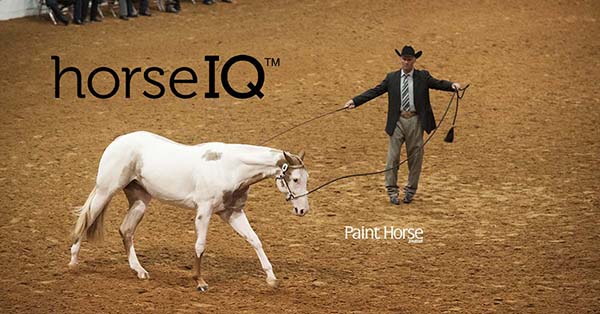
New to the HorseIQ Library are longe line videos from the 2017 APHA World Championship Show. Use these videos to improve your understanding of the class judging priorities and scoring system, to practice judging and scoring each run, and to understand the nuances that compile to create a winning performance.
Continue reading …Horse Farm Sees Success From Pasture Renovations
September 4, 2018 Comments Off on Horse Farm Sees Success From Pasture Renovations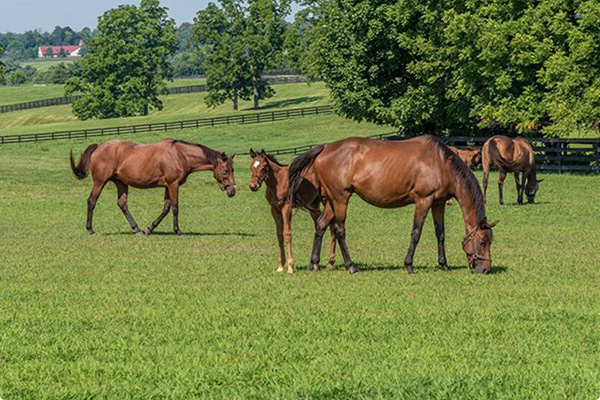
The samples were analyzed, and the results confirmed that the tall fescue in some of the farm’s pastures had high ergovaline levels. Ergovaline is a toxin produced by endophyte-infected tall fescue that affects pregnant broodmares.
Continue reading …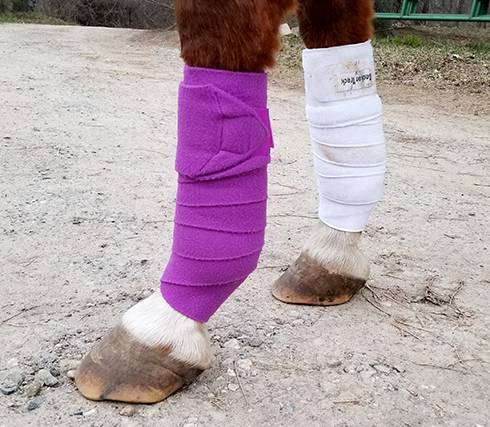
Ensure your wraps only place pressure on the front of the cannon bone and only light pressure on the delicate tendons behind the leg.
Continue reading …Exercise and Gut Health in the Heat
September 3, 2018 Comments Off on Exercise and Gut Health in the Heat
Fluid and electrolyte losses in sweat are greater for intense efforts, but horses working for prolonged periods at lower levels may accumulate equivalent sweat losses.
Continue reading …Can Detection of Inflammation Help Identify Horses at Risk for Potential Catastrophic Injury?
September 3, 2018 Comments Off on Can Detection of Inflammation Help Identify Horses at Risk for Potential Catastrophic Injury?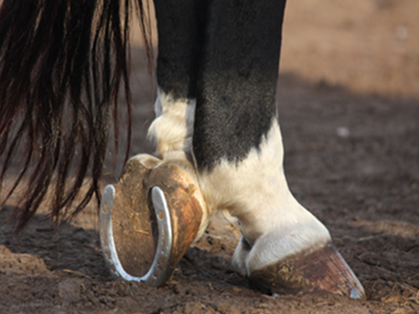
“We have a method to detect inflammation in horses and are proposing to determine its utility in the early detection of an impending catastrophic injury,” said Allen Page, principal investigator and scientist/veterinarian at the Gluck Equine Research Center.
Continue reading …Equine Gastroscopy Educational Videos Now Available for Veterinarians
August 31, 2018 Comments Off on Equine Gastroscopy Educational Videos Now Available for Veterinarians
In the first video, Cheramie details how to perform a complete gastroscopic exam, explaining horse preparation and how to best manipulate the scope to view each portion of the stomach with ease. He also discusses what to look for and how to grade and characterize the lesion findings. The video demonstrates techniques for maximizing observation of lesions, including appropriate insufflation and rinsing, along with other tips.
Continue reading …2018-2019 New Bolton Lecture Series Includes: Equine Asthma, Neurology Imaging, Colic, Lameness Exams, Laminitis, and More
August 30, 2018 Comments Off on 2018-2019 New Bolton Lecture Series Includes: Equine Asthma, Neurology Imaging, Colic, Lameness Exams, Laminitis, and More
From innovative surgical imaging to advancements in laminitis research and care, hear from Penn Vet’s leading equine care experts at the 2018-2019 First Tuesday Lecture series hosted by New Bolton Center located in Kennett Square, Pennsylvania.
Continue reading …Proper Procedure For Hitching Bumper Pull Trailers
August 30, 2018 Comments Off on Proper Procedure For Hitching Bumper Pull Trailers
If the front of the trailer is slightly unlevel with the nose down after hitching up, more weight is on the forward trailer axle. This will cause the trailer to sway. With the front of the trailer slightly up, a bit more weight will be on the rear axle. This will eliminate sway allowing the trailer to track well while traveling.
Continue reading …New Video Series to Help Horse Owners Recognize Signs of PPID
August 30, 2018 Comments Off on New Video Series to Help Horse Owners Recognize Signs of PPID
“We recognize that PPID is not just an old horse disease,” said Steve Grubbs, DVM, PhD, DACVIM, equine technical manager for Boehringer Ingelheim. “PPID affects horses of all breeds and all ages, even reported as young as 5 years old.”
Continue reading …Vets Test New Method For Equine Performance Assessment
August 29, 2018 Comments Off on Vets Test New Method For Equine Performance Assessment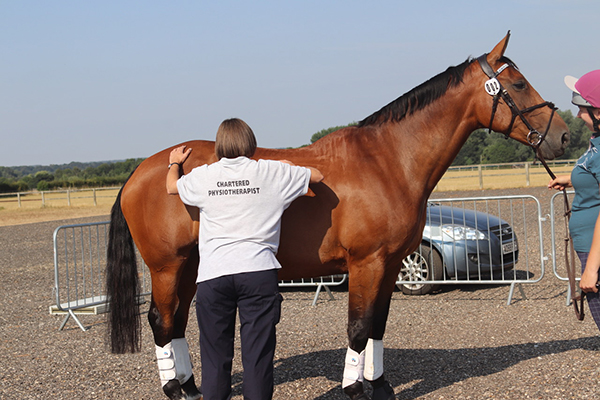
During the dressage test, a team of 10 equine vets, selected from 40 volunteers, scored each horse for the presence of 24 behaviors that may reflect pain. The tests were filmed so that Dr. Dyson could make a comparison between her own real-time behaviour assessments and video analysis and so that the rider skill level could be scored retrospectively by Dr Anne Bondi BHSI.
Continue reading …







